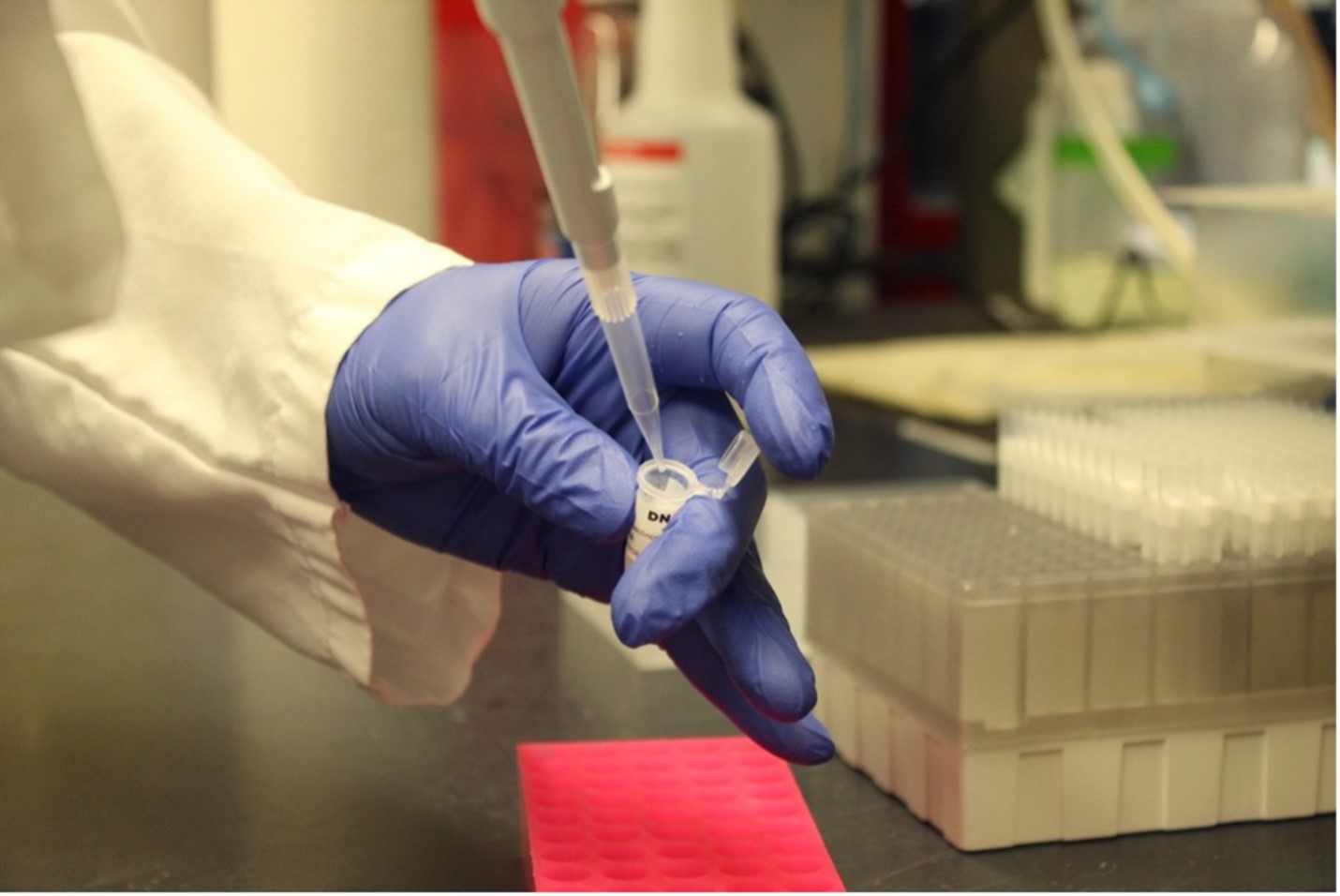
Plasmid 101: What is a plasmid
Whether you are a scientific researcher or a student in high school biology, the term "plasmid" has surely surfaced at one point or another. A plasmid, on the most basic level, is described as DNA wrapped into a circular chromosome that allows researchers to insert genes from other organisms. The purpose of this manipulation is to utilize plasmids in a variety of experiments.
ASU's DNASU Plasmid Repository at Biodesign Institute works to make these plasmids accessible to the scientific community so that researchers can bypass the gene cloning process in order to make more rapid advancements. With years of progress, plasmid production at DNASU has become increasingly expeditious. "The very first gene I cloned took me almost two years. Now with our gene synthesis capabilities we can have that done in less than a month," Mitch Magee, researcher at the Biodesign Institute for DNASU said.
DNASU is involved in both collection and production of plasmids. The Repository houses over 400,000 plasmids which compile a mixture of samples sent in from other institutions and DNASU's personal collection making it the largest repository in the world. As a trusted expert, DNASU prioritizes faithfully copying, storing and shipping plasmids to its global customers.
Customers making purchases from DNASU utilize the plasmids for what Magee refers to as different "flavors" of research. On the genetic side, researchers can replace defective or absent genes in a construct. These techniques allow the creation of new gene functionality or stop gene expression altogether. Scientists can gain insight as to how the cell's biological functions change in response to these conditions. Conversely, scientists also use DNASU's plasmids to focus on creating proteins and studying protein interactions. These efforts advance commercial diagnostic testing and aid in assessing what proteins could potentially become vaccinations.
Dr. LaBaer, founder of DNASU, created the plasmid repository to study advancements in cancer and autoimmunity detection. Detection of these diseases is complex because oftentimes the target is unclear which leads to an incorrect diagnosis. DNASU works to develop an extensive human protium array so that every potential target can be evaluated and more patients can be treated promptly. Through analyzing protein interactions, DNASU has made discoveries on type one diabetes, inflammatory bowel disease and certain cancer antibodies.
Magee utilizes plasmids in his own infectious disease research through DNASU. Magee works diligently to improve diagnostic testing and identify proteins that can be used in vaccines. Current tests for different infectious diseases are oftentimes inaccurate and can cause a provider to misdiagnose a patient. The goal is to find the proteins that make up specific infectious diseases so that an immune response can be developed earlier.
DNASU has completed research for diagnostic testing on valley fever, tuberculosis, chronic rhinosinusitis and more. Most recently Magee has begun research on yersinia pestis samples, also known as black plague, from Madagascar to improve the accuracy in diagnosing this disease and hopefully aid in the discovery of a vaccination.
"You never know when something is going to become important," Magee said. "Having these clones stored safely and available means when something's found we're going to be ready to jump in."

